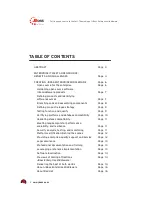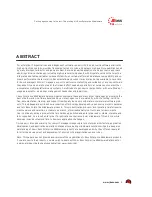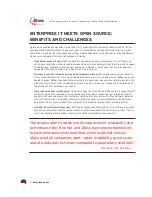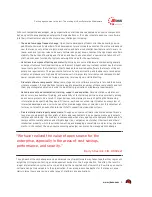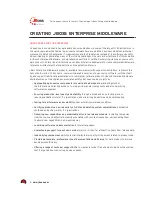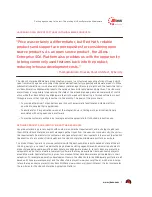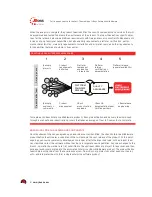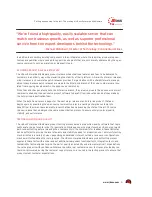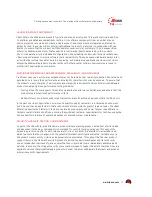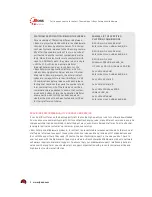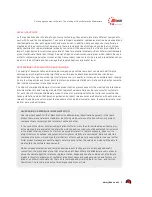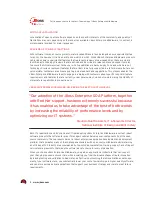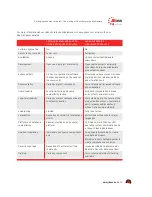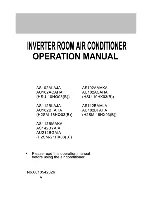
Putting open source to the test: The making of JBoss Enterprise Middleware
www.jboss.com
5
With such compelling advantages, many organizations of all sizes have adopted open source components.
But along with these advantages, enterprise IT organizations or ISVs who integrate open source software
into their infrastructures also confront some new challenges, including:
the need to manage frequent change.
•
Open source development teams prioritize delivering new ca-
pabilities to community members. Their development process creates a constant flow of new ideas and
new features, so very active projects may develop and deliver substantial new feature sets in every re-
lease — even every minor release. As every software engineer knows, constant change means uncertain
stability. The burden of deciding exactly when and how to adopt and test a new version falls on the IT
staff, whose needs for stability typically outweigh the need for the new features.
Variations in component testing and maturity.
•
While open source middleware components generally
undergo structured functional testing, even the most diligent open source team seldom has the time or
resources to perform the full battery of tests needed to deliver robust software that meets stringent
enterprise requirements. The open source community’s organic testing and feedback process demon-
strably can produce very high quality software over time, especially for widely used components. But
newer components or those not widely used may receive only very limited testing.
granular software components.
•
Because most open source software projects are focused to deliver a
single component, IT organizations typically need to assemble a number of these components and test
them as an integrated solution in order to meet their organization’s middleware requirements.
Variable access to documentation, training, support, and expertise.
•
Documentation completeness
and accuracy, availability of training, and availability of technical support can vary enormously among
open source projects. As a result, IT organizations cannot always be sure of getting the timesaving
information and expert help they need. Of course, each open source project creates an ecosystem of
interested developers and users who can often provide suggestions or solutions, but this volunteer ef-
fort may not meet the needs of enterprise IT staffs supporting production systems.
Diverse intellectual property agreements.
•
Though open source software is delivered without license
fees, many companies find the variety of terms and requirements in open source license agreements
complex and confusing. The problem is compounded when many open source components are used. To
comply with corporate policies and mitigate legal risk, companies must protect their own and others’
intellectual property, which requires documenting and managing a sometimes complex array of agree-
ments. In this context, the open source licensing paradigm can present a management challenge.
“we have realized the value of open source for the
enterprise, especially in the areas of cost savings,
performance, and security.”
- Barry Strasnick, CIO, CitiStreet
Though each of these challenges can be addressed in a straightforward way, taken together they represent
a significant integration, testing, and management burden for the IT organization. Too often, the result is
longer implementation cycles, extra risk, and higher than expected cost of ownership. So while open source
software can be truly valuable to the organization, it can also produce headaches for IT managers, espe-
cially in larger companies using a wide range of platforms and applications.


